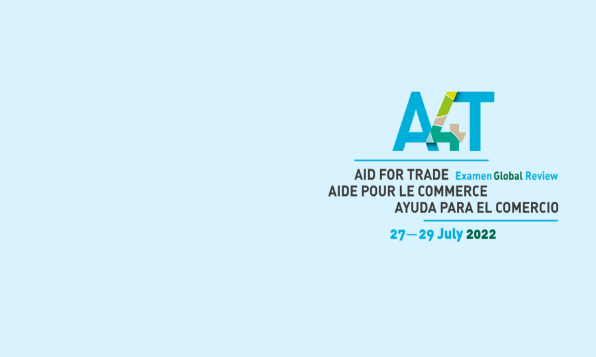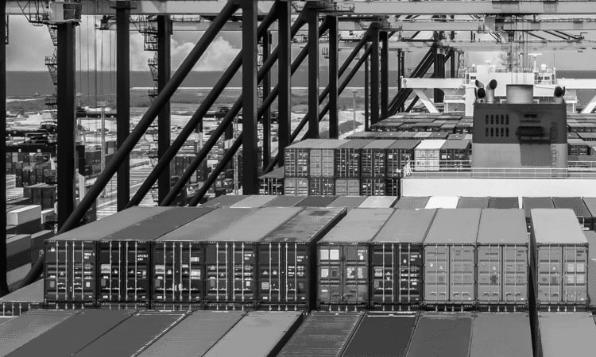|
Aid for Trade -initiative seeks to align donor and partner countries’ strategies in promoting trade as a leverage for poverty reduction. Additional resources are needed to tackle trade-related constraints and enable developing countries to fully benefit from trade openness. Read more |
|
slider placeHolder, please don't touch |
News & Events |
Latest publications |
Global reviews
Aid for Trade at a Glance 2022: "Empowering Connected Sustainable Trade", released on 27 July 2022
This year’s Global Review takes place against the backdrop of overlapping crises. The COVID-19 pandemic continues to exert a toll on human health and cause turmoil in global trade. Economies everywhere face inflationary pressures with high food and energy prices hitting poor people hardest – and placing additional pressures on hard-pressed public budgets. These pressures are further exacerbated by Russia’s war against Ukraine and food security concerns that it has caused. Trade continues to play an important role as a driver not just of economic recovery, but also poverty alleviation and women's economic empowerment. Trade is also an integral part of the transition to low-carbon models of growth and a just climate transition.
|
Against this background the 8th edition of the joint OECD-WTO Aid for Trade at a Glance report was released on 27 July 2022. In addition to compiling all available data on Aid for Trade flows, it discusses the role of Aid for Trade in supporting women's economic empowerment, digital connectivity and how environmentally sustainable development can contribute to the desired development outcomes. Past Global Reviews have been instrumental in helping to galvanize support to address supply-side constraints and trade-related infrastructure gaps so that developing countries can derive maximum benefit from international trade. |
Background
|
Aid for Trade helps developing countries, particularly least developed countries, with trade. Many of them face a range of supply-side and trade-related infrastructure obstacles which constrains their ability to engage in international trade. The Aid for Trade initiative was launched at the 2005 Hong Kong WTO Ministerial Conference, with the aim to support developing countries’ access to the market by helping them to articulate, communicate and mainstream their trade-related objectives and for donors to then be aligned. |
|
The OECD and WTO have established a monitoring framework to track progress in implementing the Aid for Trade initiative. It consists of the following four elements:
|




